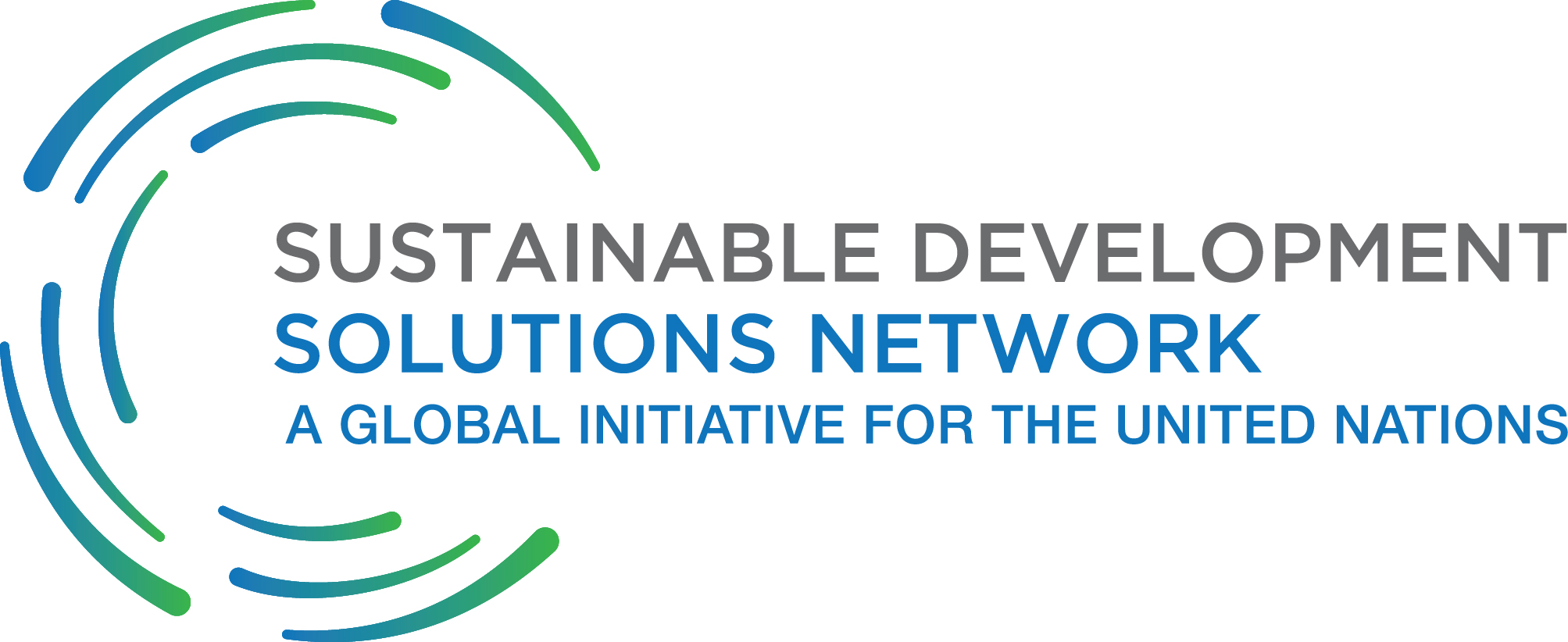Location
The UN Sustainable Development Solutions Network (SDSN) has been operating since 2012 under the auspices of the UN Secretary-General. SDSN mobilizes global scientific and technological expertise to promote practical solutions for sustainable development, including the implementation of the Sustainable Development Goals (SDGs) and the Paris Climate Agreement.
We aim to accelerate joint learning and promote integrated approaches that address the interconnected economic, social, and environmental challenges confronting the world. SDSN works closely with United Nations agencies, multilateral financing institutions, the private sector, and civil society.
The organization and governance of SDSN aims to enable a large number of leaders from all regions and diverse backgrounds to participate in the development of the network. The SDSN Leadership Council brings together global sustainable development leaders from all regions drawn from civil society, public, and private sectors. It acts as the board of SDSN. Much of SDSN’s work is led by National or Regional SDSNs, which mobilize knowledge institutions around the SDGs. Several Thematic Networks mobilize experts from around the world on the technical challenges of implementing the SDGs and the Paris Climate Agreement. SDSN has a small secretariat with offices in New York, New Delhi, and Paris.
Members:
Resources
Displaying 11 - 11 of 11Measuring Land Rights for a Sustainable Future
Examines recent progress on developing indicators to measure land rights as part of the new Sustainable Development Goals (SDGs) in 2016. Argues that the current proposed indicators are too narrow and that a more appropriate indicator, which has achieved a high level of consensus, should be adopted by the UN. This would directly measure the land rights of women and men as well as indigenous peoples and local communities. It would also cover a range of land, property and natural resources rather than simply agricultural land and would focus on secure rights rather than ownership.


